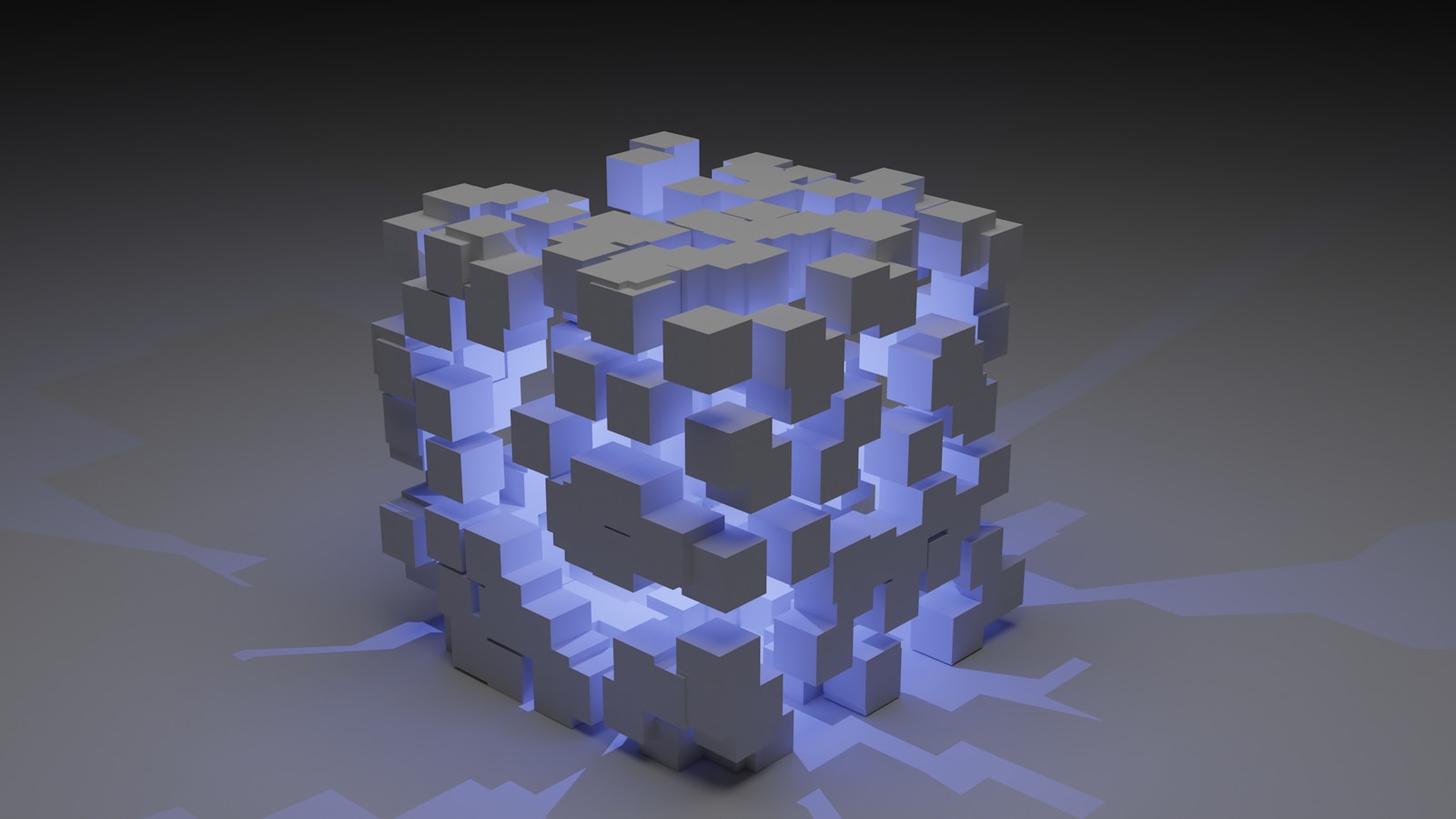Getting Systems To Talk
In the 360 Smarter Stack framework, the Integration Layer is where your systems finally start to speak the same language. It’s the invisible connective tissue that transforms isolated smart technologies into a unified, intelligent workplace ecosystem.
Modern offices now depend on a vast range of digital tools and infrastructure — from HVAC controls and lighting systems to room booking apps, IoT sensors, and digital signage. But as this ecosystem expands, it also fragments. Without seamless integration, the promise of a “smart” workplace can collapse into a series of disconnected silos.
Layer 6 — Getting Systems to Talk — focuses on the tools, standards, and design principles that make true interoperability possible. It’s the stage where your building stops just collecting data and starts acting on it — automatically, intelligently, and in real time.
Why Integration Matters
Integration is what turns your technology stack from a collection of systems into a living, coordinated organism. When done well, it delivers:
- Operational efficiency – systems working in harmony to reduce waste and automate tasks.
- User experience improvements – personalised lighting, temperature, and space usage.
- Smarter insights – data flowing seamlessly to inform dashboards, analytics, and planning.
- Future flexibility – avoiding vendor lock-in and enabling modular upgrades.
Without integration, every new system adds friction. With integration, every new system adds capability.
The Core Components of Integration
🧠 Middleware: The Translator of the Smart Office
Middleware acts as the unseen interpreter between incompatible systems.
Think of it as a translator at a global summit — ensuring each device or application can “speak” and “listen” effectively.
Middleware handles:
- Protocol translation (e.g., converting BACnet to IP)
- Data harmonisation (standardising formats, names, timestamps)
- Event orchestration (triggering multi-system workflows)
It’s especially powerful when upgrading legacy systems — allowing organisations to overlay modern capabilities without a full rip-and-replace strategy.
Examples include:
- Spica Workplace Hub – aggregates workplace data into actionable insights
- Microsoft Dataverse – connects Power Platform apps and services
- BuildingOS (Acuity Brands) – consolidates building performance data
🔗 APIs: The Rules of Engagement
APIs (Application Programming Interfaces) define how systems share data and commands.
They’re the digital handshake between applications.
Smart workplace examples:
- A booking app checks room availability via an API, reserves it, and triggers cleaning requests.
- Digital signage pulls meeting data from a calendar API.
- A wellbeing dashboard ingests CO₂ readings through a sensor API.
Well-designed APIs are secure, open, and scalable, often following RESTful or GraphQL standards.
They’re critical for future-proofing — allowing your systems to evolve and integrate with emerging technologies.
⚙️ Integration Platforms: The Glue at Scale
As system complexity grows, manually managing each integration becomes impossible.
That’s where Integration Platforms (iPaaS) come in — offering a central hub for orchestrating data, automations, and workflows.
With tools like Microsoft Power Platform, MuleSoft, Cisco Spaces, or Make.com, you can:
- Connect hundreds of data sources
- Trigger event-driven automations
- Build low-code workflows for facilities or IT teams
Example:
- When a meeting room is booked → HVAC powers on → lights adjust → signage updates → cleaning alerts trigger post-meeting.
This is not just convenience — it’s intelligent orchestration.
The Power of Open Standards
Smart offices thrive on open communication — not proprietary lock-ins.
Standards like MQTT, BACnet, KNX, Modbus, and OPC UA ensure different systems and devices can coexist and collaborate, even across generations of technology.
Why open standards matter:
- Reduce vendor lock-in
- Enable plug-and-play integration
- Support long-term scalability
- Increase system resilience
Examples:
- MQTT for real-time IoT messaging
- BACnet for HVAC and access control
- KNX for lighting and environmental control
- Modbus for energy metering
- OPC UA for industrial-grade interoperability
These open languages make the smart office future-ready, not fragile.
Integration Patterns & Lessons Learned
From real-world projects, several common integration patterns emerge:
1. Event-Driven Automation
A “room booked” event triggers HVAC, lighting, and AV systems — coordinated via middleware like Node-RED or Azure Logic Apps.
💡 Lesson: Always build context into events (who, when, why) to ensure meaningful automation.
2. API Gateway with Unified Interface
Centralised gateways like MuleSoft or Azure API Management streamline API access and improve security.
💡 Lesson: Avoid calling APIs directly from front-end apps — introduce an abstraction layer.
3. Bridging OT and IT
Legacy BMS systems (BACnet, Modbus) connect to cloud platforms through converters or middleware hubs.
💡 Lesson: Align with IT security standards — encryption, RBAC, and proper firewalling are essential.
4. Digital Twin Integration
Real-time data from IoT devices feeds virtual models (e.g., Azure Digital Twins), enabling simulation and prediction.
💡 Lesson: Data quality and semantic consistency are critical — a twin is only as good as its data.
5. No-Code/Low-Code Automation
Empowering business teams to build automations with Power Automate or Zapier increases agility.
💡 Lesson: Establish governance to prevent “automation sprawl.”
Design Principles for Scalable Integration
- Loose Coupling, Tight Context – Systems should exchange meaningful data without over-dependence.
- Semantic Consistency – Use shared ontologies and naming conventions.
- Observability – Monitor, log, and audit data flows.
- Security First – Encrypt, authenticate, and segment by design.
Integration isn’t a project — it’s a capability. A living layer that requires governance, iteration, and evolution as technology and needs change.
Next in the Series: Layer 7 — Systems & Devices
With integration established, Layer 7 dives into the physical and digital systems that form the backbone of the smart office — from IoT sensors and networks to security, lighting, and environmental controls.ht.
In the next blog, we’ll explore how contextual data drives personalisation, performance, and predictive intelligence across the workplace.
Download the Smart Office Readiness Checklist to see where your organisation stands.
Explore our Foundation and Practitioner Courses to start building capability with the 360 Smarter Stack.

No responses yet